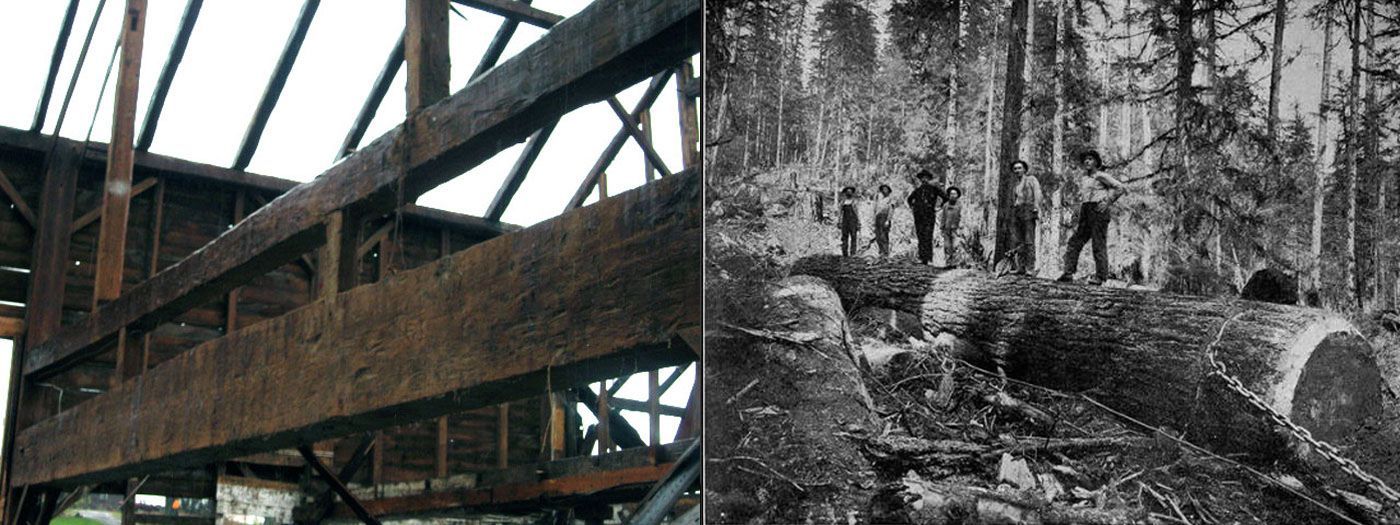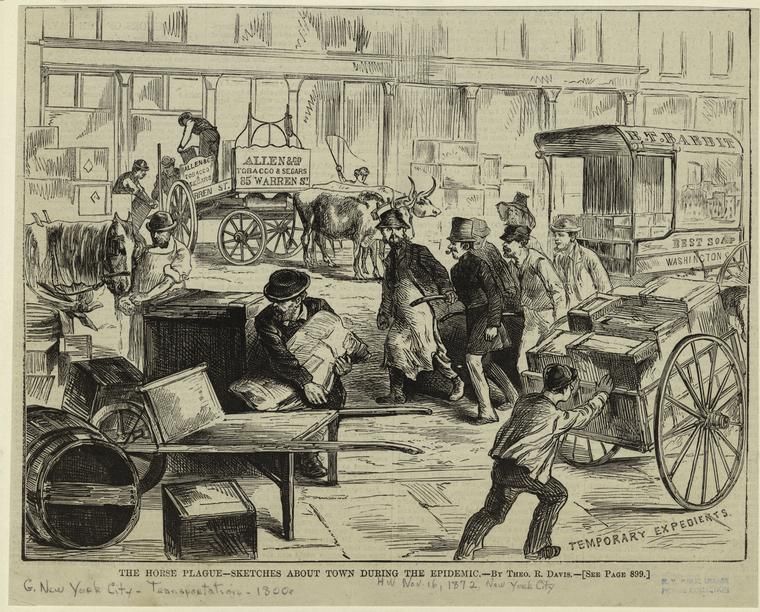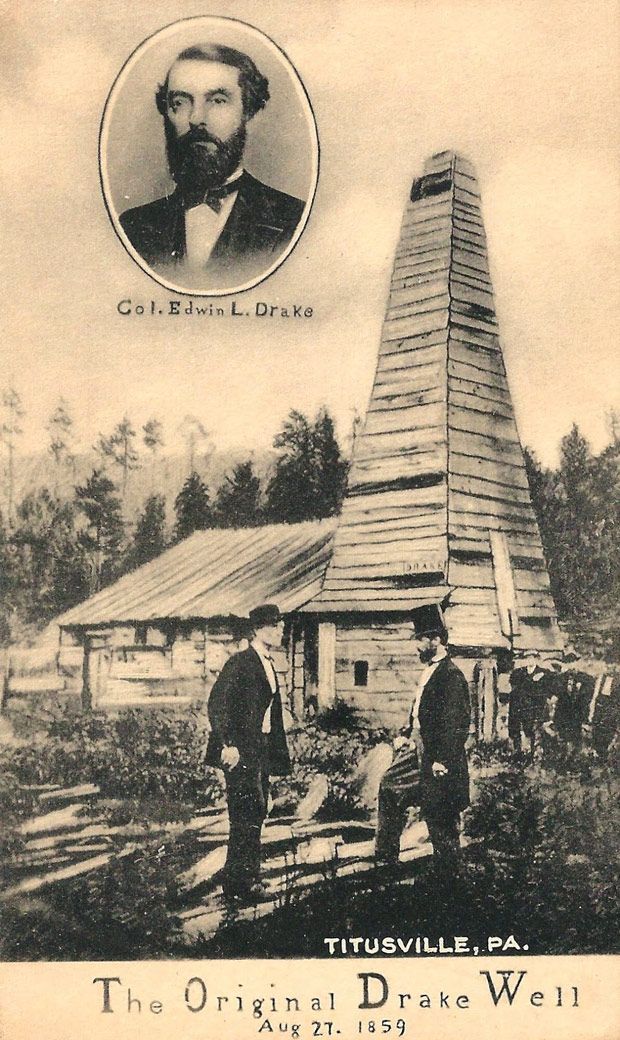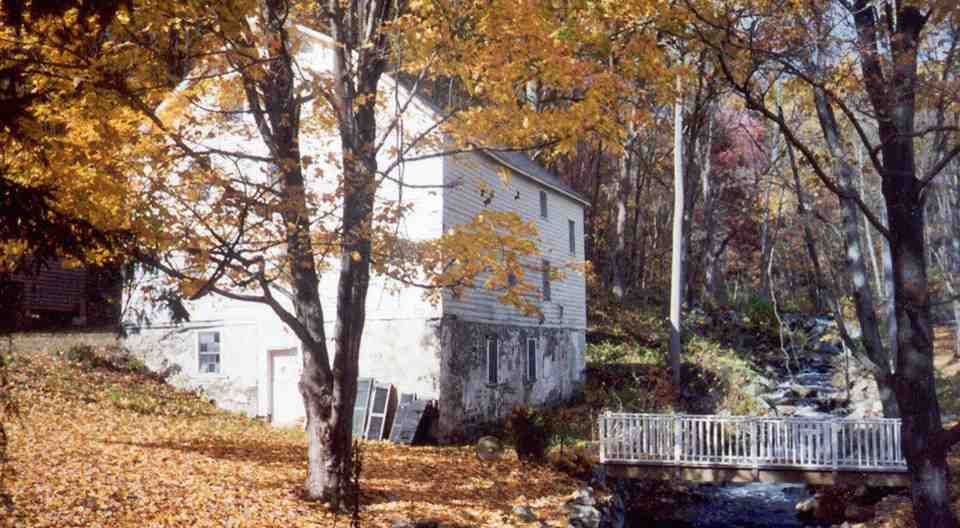The Glen Barn
Built c. 1870, the Glen barn is one of the largest barns ever built in New York State measuring forty feet wide by one hundred feet long. Heritage Restorations has restored over 200 barns from New York, and it is the largest barn that they have ever moved and rebuilt. The history of the Glen barn is a reflection of the great cultural changes that took place during the 1800’s in America. The town of Glen is located in the Mohawk Valley of New York, a historic region that in the 1700’s witnessed many of the major battles of the French and Indian War and Revolutionary War. Barns built at the time of the Revolution were typically under 1,000 square feet, measuring 26 feet wide by 36 feet long. But with the coming of the Industrial Revolution in the early 1800’s, barn sizes grew larger and larger as improved machines for harvesting grain and hay were invented. This process reached its peak about 1870 when the largest wooden barns ever built, like the Glen Barn, were erected with eight times the volume of those earlier barns.
The Glen Barn is also unique for its method of construction and length of its timbers. The process used to build the barn is called “timber framing”, an ancient method of building that uses hand-cut mortise and tenon joints to hold the framework of the barn together without any metal fasteners, as opposed to the modern steel fasteners used today. The Glen Barn has massive timbers up to forty feet long that span its full width. The species of wood used in the framing is also unique. It is Hemlock wood, a conifer that was once a dominant species of tree in the American forest, but was decimated by loggers in the 1800’s. Surprisingly, hemlock trees were not cut for their lumber, but rather for their bark, which is high in tannic acid. This acid was used in the tanning process by which raw hides were turned into fine leather for boots, shoes and all types of leather goods. The loggers at that time would clear-cut the hemlock forests of the Northeast and only peal the bark off the felled hemlock trees, leaving behind masses of pealed logs. A prosperous tanning industry grew up in the region and shipped its finished leather goods around the world. An after-effect of this logging was that farmers had a free supply of ready-cleared land and long, virgin timbers with which to build their enormous barns.
This occurred just at the time when this region of New York became the gateway to the American Midwest with the opening of the Erie Canal in 1825, which passed just a few miles from the Glen Barn and linked the Hudson River to the Great Lakes. This improved transportation provided by the canal allowed goods and farm produce, especially grains like corn and wheat, to be transported economically for the first time from the rich Midwest farms to the East Coast port of New York City and from there around the world. Prior to the opening of the canal, it cost 80 cents per bushel to ship corn to the East. In the year after the canal opened, this price dropped to 5 cents. This Transportation Revolution led farmers, who had previously grown a diversity of crops, to instead begin to specialize with single crops. The Glen Barn was built about 1870 in response to this market change. It was designed and built as a hay and dairy barn to provide milk products like cheese to a distant market. After over a century of service, the Glen Barn came to stand idle as those market changes, which once made it an innovative barn for its day, now moved on to make it obsolete. Modern dairies now house their cows in low metal buildings that cannot compare in craftsmanship or grandeur to the all-wooden Glen Barn. This year, the craftsmen of Heritage Restorations, based in Waco, Texas, carefully dismantled the Glen Barn, shipped it to Texas where it was cleaned and restored, and re-erected it in Kendalia, where it has now begun its second life far from the Mohawk Valley, but appreciated just as much as those earlier settlers did who built it nearly one hundred and fifty years ago.






